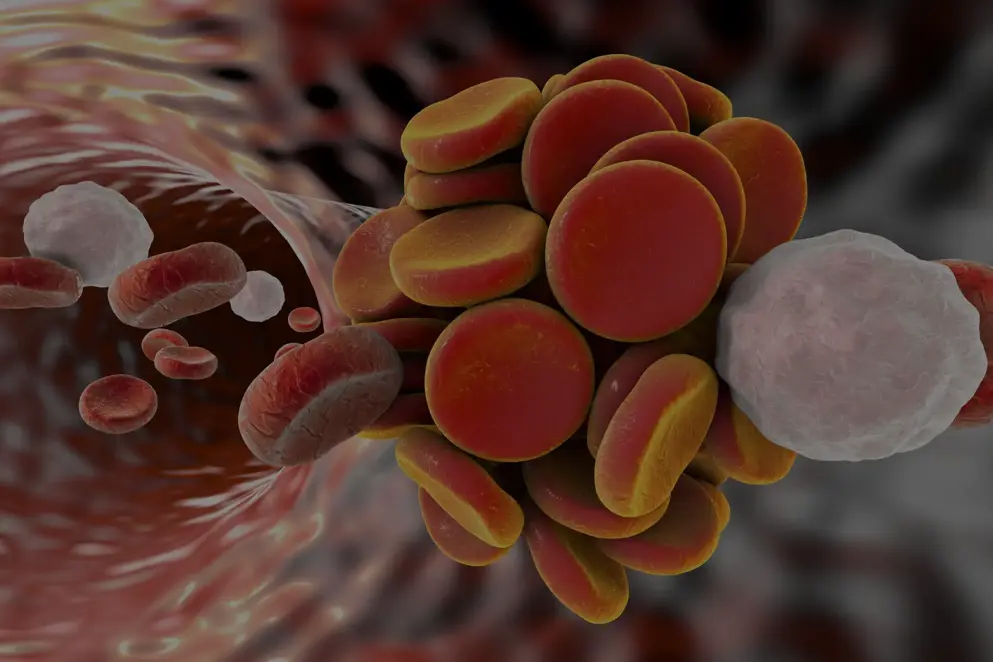
Oral Anticoagulation Reversal Learning Zone
How could technology transform patient care?
As smart devices increasingly become a part of life, clinicians and researchers are beginning to leverage the advantages of these technologies in healthcare. The ability to both passively and unobtrusively collect patient data is opening up countless new opportunities for the management and treatment of various conditions such as atrial fibrillation (AF)1.
Here’s a quick rundown of some of the technological advancements currently being researched that could transform the treatment of patients needing anticoagulation therapy.
References
- Bussooa A, Neale S, Mercer JR. Future of smart cardiovascular implants. Sensors (Switzerland). 2018;18(7). doi:10.3390/s18072008.
- Ahmed I, Ahmad NS, Ali S, Ali S, George A, Danish HS, et al. Medication adherence apps: Review and content analysis. JMIR mHealth uHealth. 2018;6(3):e62.
- Guo Y, Lane DA, Wang L, Zhang H, Wang H, Zhang W, et al. Mobile Health Technology to Improve Care for Patients With Atrial Fibrillation. J Am Coll Cardiol. 2020;75(13):1523–1534.
- Zeballos-Palacios CL, Hargraves IG, Noseworthy PA, Branda ME, Kunneman M, Burnett B, et al. Developing a Conversation Aid to Support Shared Decision Making: Reflections on Designing Anticoagulation Choice. Mayo Clin Proc. 2019;94(4):686–696.
- Kunneman M, Branda ME, Hargraves IG, Sivly AL, Lee AT, Gorr H, et al. Assessment of Shared Decision-making for Stroke Prevention in Patients with Atrial Fibrillation: A Randomized Clinical Trial. JAMA Intern Med. 2020. doi:10.1001/jamainternmed.2020.2908.
- Fomundam L, Lin J. Design of miniaturized high frequency printed coils for wireless power transfer to biomedical implants. In: Mediterranean Microwave Symposium. 2016. IEEE Computer Society doi:10.1109/MMS.2016.7803814.
- Ferguson JE, Redish AD. Wireless communication with implanted medical devices using the conductive properties of the body. Expert Rev Med Devices. 2011;8(4):427–433.
- Bhatnagar V, Owende P. Energy harvesting for assistive and mobile applications. Energy Sci Eng. 2015;3(3):153–173.
- Li J, Long Y, Yang F, Wei H, Zhang Z, Wang Y, et al. Multifunctional Artificial Artery from Direct 3D Printing with Built‐In Ferroelectricity and Tissue‐Matching Modulus for Real‐Time Sensing and Occlusion Monitoring. Adv Funct Mater. 2020;2002868.
- Lunenfeld B, Stratton P. The clinical consequences of an ageing world and preventive strategies. Best Pract Res Clin Obstet Gynaecol. 2013;27(5):643–659.
- Stasiak JR, Serrani M, Biral E, Taylor J V., Zaman AG, Jones S, et al. Design, development, testing at ISO standards and in vivo feasibility study of a novel polymeric heart valve prosthesis . Biomater Sci. 2020;8(16):4467.
Job number: KCT16-01-0010
Developed by EPG Health for Medthority in collaboration with CSL Behring, with content provided by CSL Behring.
Not intended for Healthcare Professionals outside Europe.

